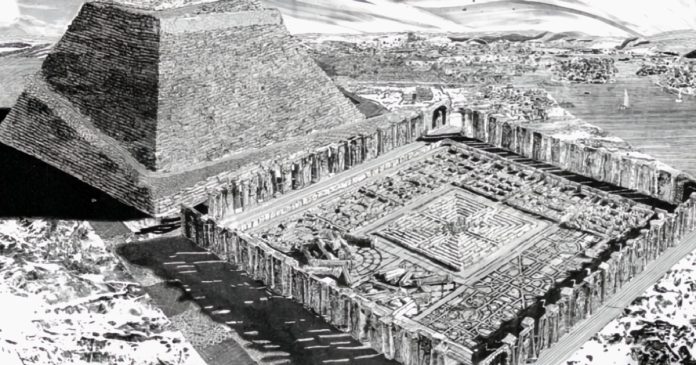The Labyrinth of Hawara, a colossal structure in Egypt’s Faiyum, hints at a prehistoric civilization with advanced engineering. Overlooked amidst recent sensational claims. While 2025 reports of vast underground complexes beneath Giza grab headlines, Mark Carlotto’s 2023 study uses Synthetic Aperture Radar (SAR) to reveal tangible subsurface features. Located at Hawara, which align with historical accounts. Unlike speculative assertions, Carlotto’s work grounds the Labyrinth of Hawara in credible science. Offering a factual window into Egypt’s ancient past. These findings, in contrast to false Giza claims, invite exploration of archaeology, technology, and history. Redefining our understanding of human achievement.
A Labyrinth’s Tale
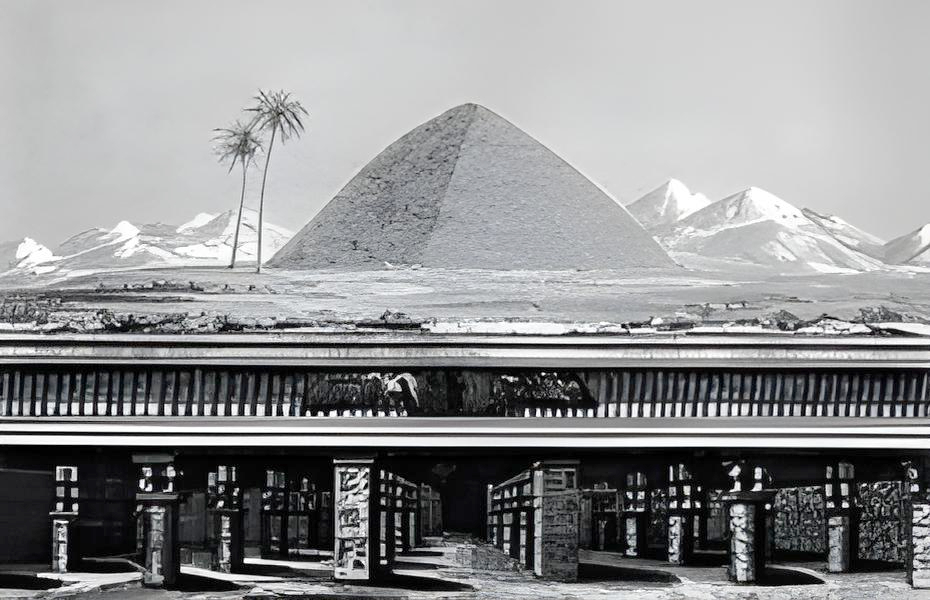
Hēródotos c. 484 – c. 425 BCE
The Labyrinth of Hawara once captivated the Western world through Herodotus’s fifth-century BCE account. Describing a massive complex near Lake Moeris with twelve roofed courts and 3,000 chambers, half above and half below ground. He wrote, “We ourselves viewed those that are above ground, but we learned through conversation about the underground chambers”. Egyptian caretakers warned Herodotus that he couldn’t enter the underground parts of the Labyrinth. That’s because those chambers held the tombs of the kings who built it and the mummified remains of crocodiles. Tied to their god Sobek an off-limits holy place. Herodotus believed the architecture surpassed the pyramids, outshining temples at Ephesus and Samos.
Sir William Matthew Flinders Petrie 3 June 1853 – 28 July 1942
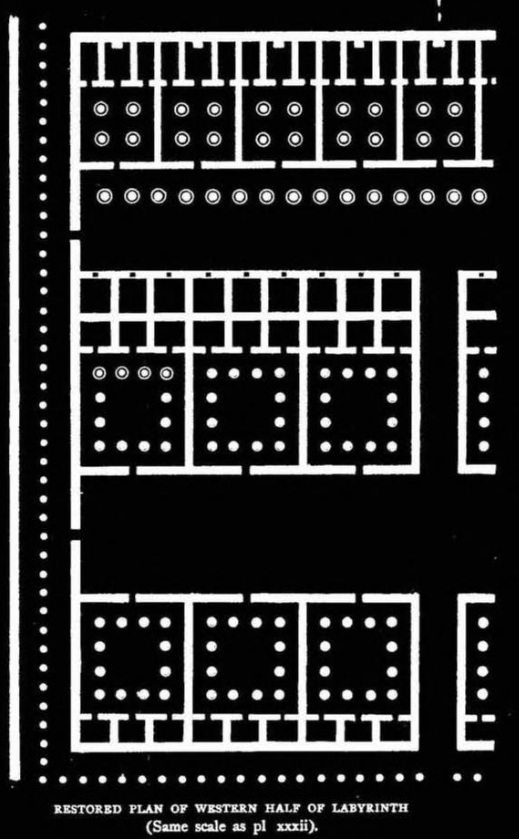
In 1889, Sir Flinders Petrie surveyed Hawara, estimating the above-ground structure at 526 feet north to south. Roughly 277,000 square feet. He noted its maintenance until 193 BCE. Stating, “the Labyrinth was still in royal care,” as late as Kleopatra I. Before ruin struck during the time of Pliny the elder.
Hawara Labyrinth plate xxxii Image Source: Flinders Petrie, The Labyrinth Gerzeh and Mazghuneh (1912).
Mataha Expedition 2008
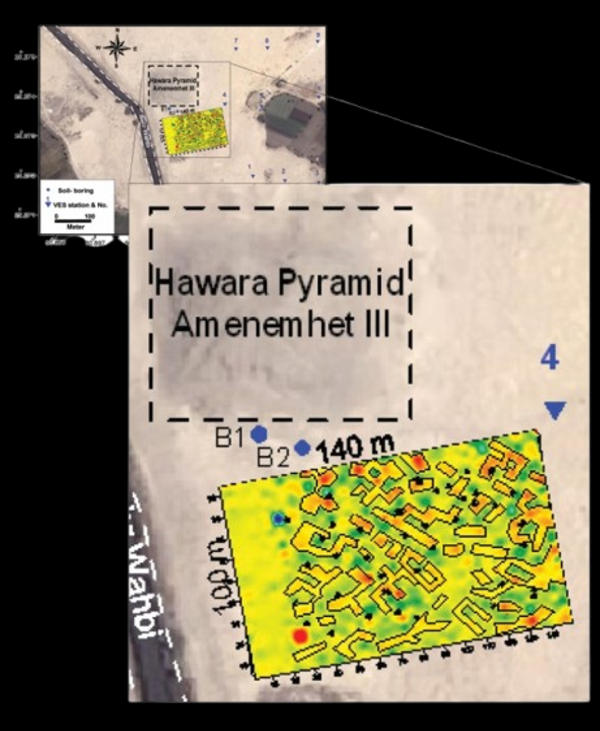
In 2008, a team called the Mataha Expedition used a technique called very low frequency electromagnetic (VLF-EM) surveys to probe beneath the surface. South of Hawara’s pyramid of Amenemhet III. VLF-EM sent radio waves (15–30 kHz) into the ground to detect conductive materials. Like walls, by measuring reflected signals, revealing “elongated and square shaped subsurface anomalies”. That suggested thick-walled rooms across several hectares.
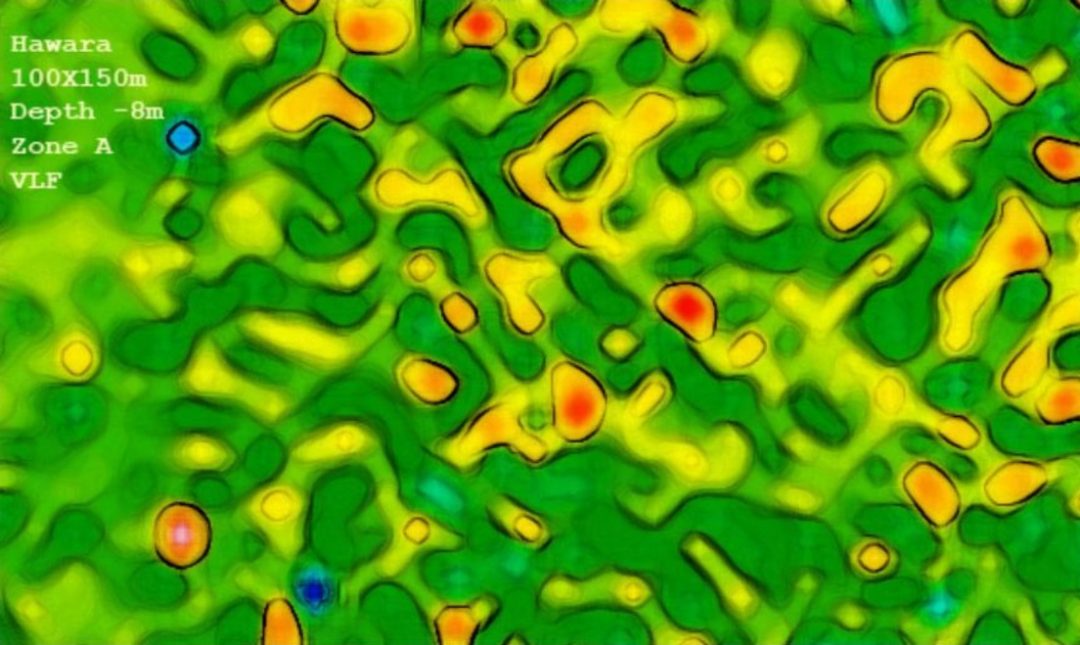
Adam Szynkiewicz 2015
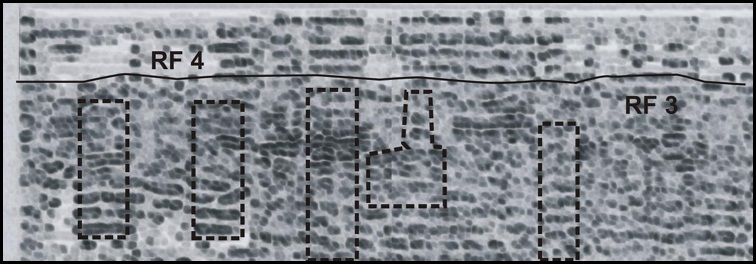
In 2015, Adam Szynkiewicz’s used ground-penetrating radar scans around the Hawara pyramid to study groundwater inflow, detecting structural anomalies like possible walls north, east, and south of the pyramid. The scans, conducted close to the pyramid’s base, covered a small, undefined area. While Szynkiewicz concluded these findings don’t support the Labyrinth of Hawara, this author believes the limited scan area led to a short-sighted conclusion, potentially missing the broader complex Carlotto’s SAR imagery later revealed.
SAR: Used Properly & Appropriately Qualified
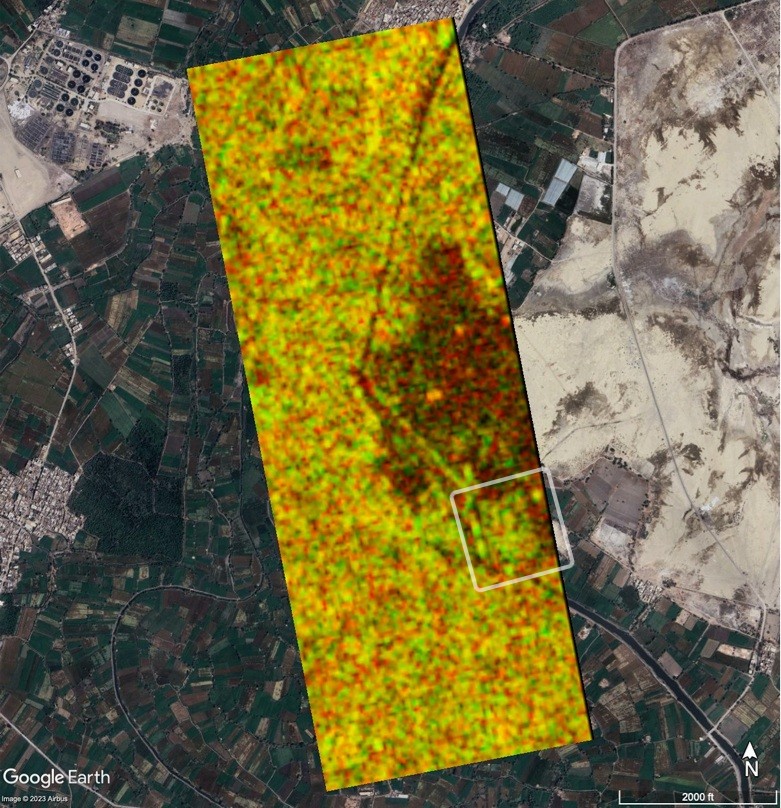
Civilizations in the Faiyum
Carlotto’s 2023 study builds on this earlier research properly utilizing satellite-based Synthetic Aperture Radar (SAR), Specifically, Sentinel-1 C-band SAR, which sends radio waves to detect shallow underground features (up to 0.5 meters deep) in dry desert conditions. The imagery, captured on July 6, 2023, shows rectangular structures south of the pyramid, one matching Petrie’s 277,000-square-foot estimate. Carlotto goes as far as to qualify the SARS scan (known to only detect only shallow features). By stating “The lack of any structures in Google Earth imagery over these areas indicates that they (the scan data) are subsurface features.” These structures don’t align with the pyramid’s orientation, hinting at a separate, possibly older, construction phase.
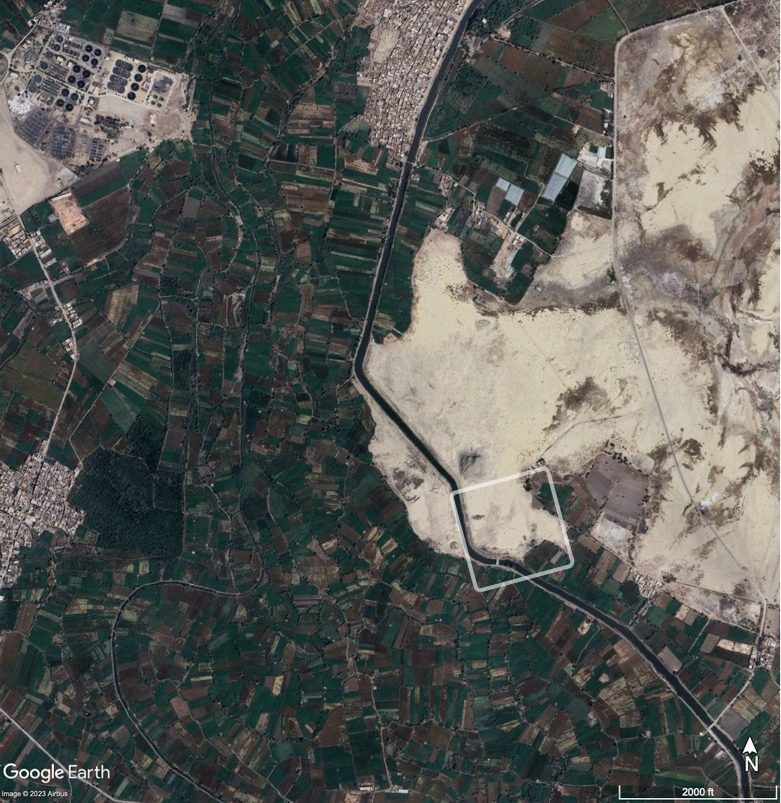
Civilizations in the Faiyum
Unlike Malanga and Biondi’s 2025 Giza claims, which say X-band SAR detected 700-meter-deep chambers, impossible since X-band penetrates only a few meters in rock, Carlotto sticks to C-band’s known limits. Like when ALOS/PALSAR found buried foundations in Egypt’s Western Desert. His findings, supported by the Mataha Expedition’s VLF-EM data showing similar underground walls, offer a reliable picture of the Labyrinth of Hawara’s hidden depths.
Faiyum’s Enduring Historical Riddle
The Labyrinth of Hawara stands as a powerful symbol of ancient skill. its secrets partly revealed by Carlotto’s 2023 SAR study. Using Sentinel-1’s reliable 0.5-meter penetration, backed by VLF-EM surveys and prior GPR research. It maps underground structures that echo Herodotus’s awe. Unlike Malanga and Biondi’s 2025 Giza claims, exaggerating X-band SAR’s reach without peer-reviewed proof or ground checks, which fall apart as speculation. Carlotto’s study deserves more attention and research.
A Trustworthy Peek into the Past
Carlotto’s work avoids sensationalism, presenting evidence of advanced engineering, perhaps predating known dynasties. Archaeologists seek proof; skeptics and seekers like me call for more digs. The Labyrinth of Hawara’s chambers faded glory stand as captivating puzzles, its truth rooted in careful science. These overlooked scans demand fresh exploration to unlock Faiyum’s ancient story, standing firm against Giza’s shaky narratives.
Come back to AncientHistoryX for more alternative research backed by science.

